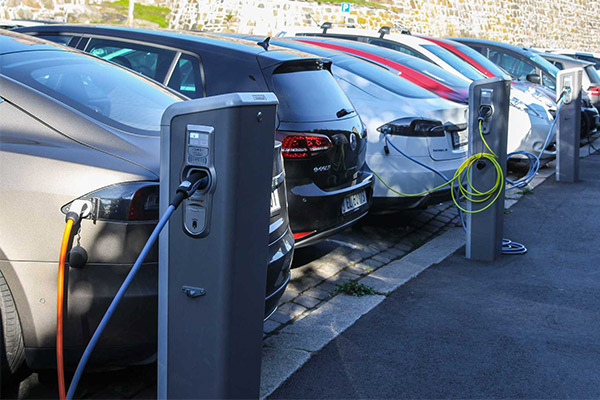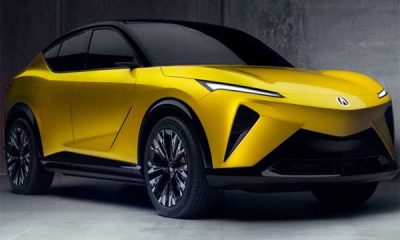US Energy Information Administration (EIA) expects electric vehicles to make up 31% of the global fleet by 2050.
The EIA also estimates that the global LDV fleet overall – both gas and electric – to grow to 2.21 billion vehicles by 2050.

US Energy Information Administration (EIA) has predicted that Electric vehicles will grow from 0.7% of the global light-duty vehicle (LDV) fleet in 2020 to 31% in 2050, reaching 672 million EVs.
The EIA estimates that the global LDV fleet overall – both gas and electric – contained 1.31 billion vehicles in 2020, and it expects this fleet to grow to 2.21 billion vehicles by 2050 as the result of an increase in economic activity, population, and private mobility.
It also predicts that the global gas and diesel LDV fleet will peak in 2038 as the result of significant EV sales growth.
The EIA defines LDVs as “passenger and fleet cars and trucks with a gross vehicle weight rating of 8,500 pounds or less.” It defines electric vehicles as any LDV with a charging plug, and that definition includes all-electric vehicles and plug-in hybrid electric vehicles.
The EIA then splits its projections between OECD countries and non-OECD countries.

The Paris-based Organisation for Economic Co-operation and Development (OECD) is an international organization that promotes policies to improve the economic and social well-being of people worldwide.
The OECD’s 38 members are Austria, Australia, Belgium, Canada, Chile, Colombia, Costa Rica, Czech Republic, Denmark, Estonia, Finland, France, Germany, Greece, Hungary, Iceland, Ireland, Israel, Italy, Japan, Korea, Latvia, Lithuania, Luxembourg, Mexico, the Netherlands, New Zealand, Norway, Poland, Portugal, Slovak Republic, Slovenia, Spain, Sweden, Switzerland, Turkey, the UK, and the US.
The EIA says the total number of LDVs will grow more in non-OECD countries. Here’s why:
“We project the population of non-OECD countries will grow at over three times the population growth rate of OECD countries, and that the non-OECD motorization rate will increase from 92 vehicles per thousand people to 173 vehicles per thousand people between 2020 and 2050.
“The OECD countries’ motorization rate remains around 530 vehicles per thousand people through the projection period. Because of this growth in population and motorization rates, we project the number of LDVs in non-OECD countries will surpass those in OECD countries in 2025.”

So the split of EV growth occurs between OECD countries and non-OECD countries, according to the EIA, as it projects EV fleet shares will reach 34% in OECD countries and 28% in non-OECD countries by 2050.
Although the conventional [gas and diesel] LDV fleet peaks in 2023 for OECD countries, faster growth in the non-OECD fleet results in nearly two-thirds of light-duty EVs being in non-OECD countries by 2050.
Mint noted in August about China, a non-OECD country:
“China, which is by far the largest market for electric cars in terms of unit sales, fell out of the top-10 [in 2020] with electric cars accounting for 6.2% of passenger car sales in the country.
“Norway, an OECD member, currently has more electric cars per capita than any other country. EVs made up nearly 75% of new car sales there in 2020.”

 News1 week ago
News1 week ago
 Celebrities Auto1 week ago
Celebrities Auto1 week ago
 News1 week ago
News1 week ago
 News1 week ago
News1 week ago
 Celebrities Auto5 days ago
Celebrities Auto5 days ago
 Celebrities Auto1 week ago
Celebrities Auto1 week ago
 Concept Cars1 week ago
Concept Cars1 week ago
 Car Facts6 days ago
Car Facts6 days ago














